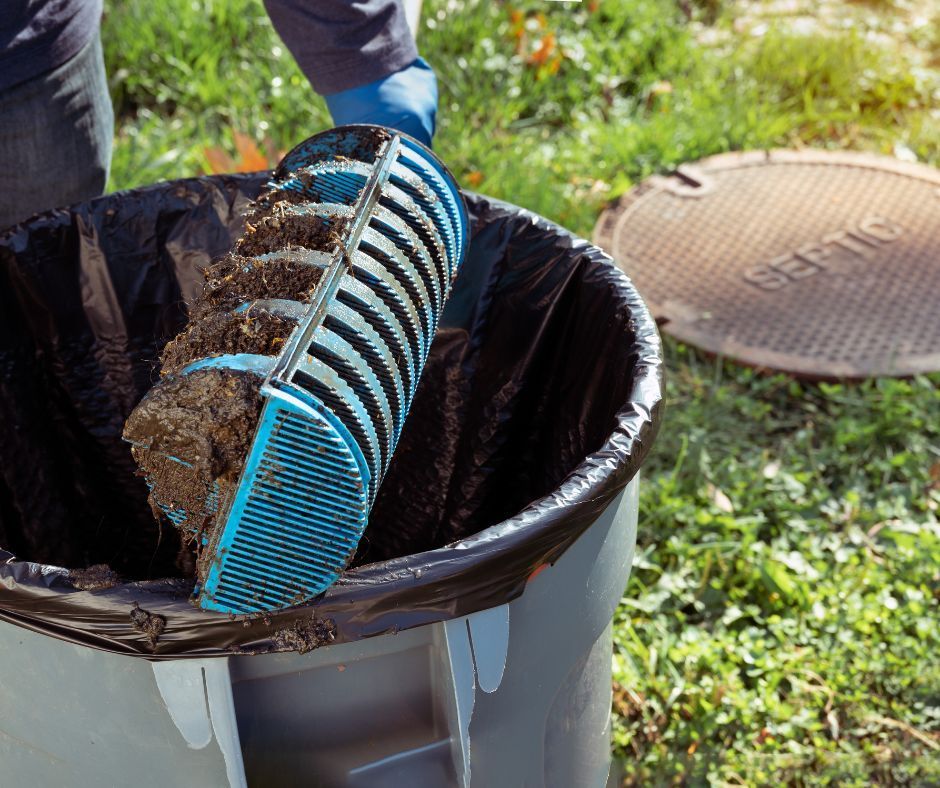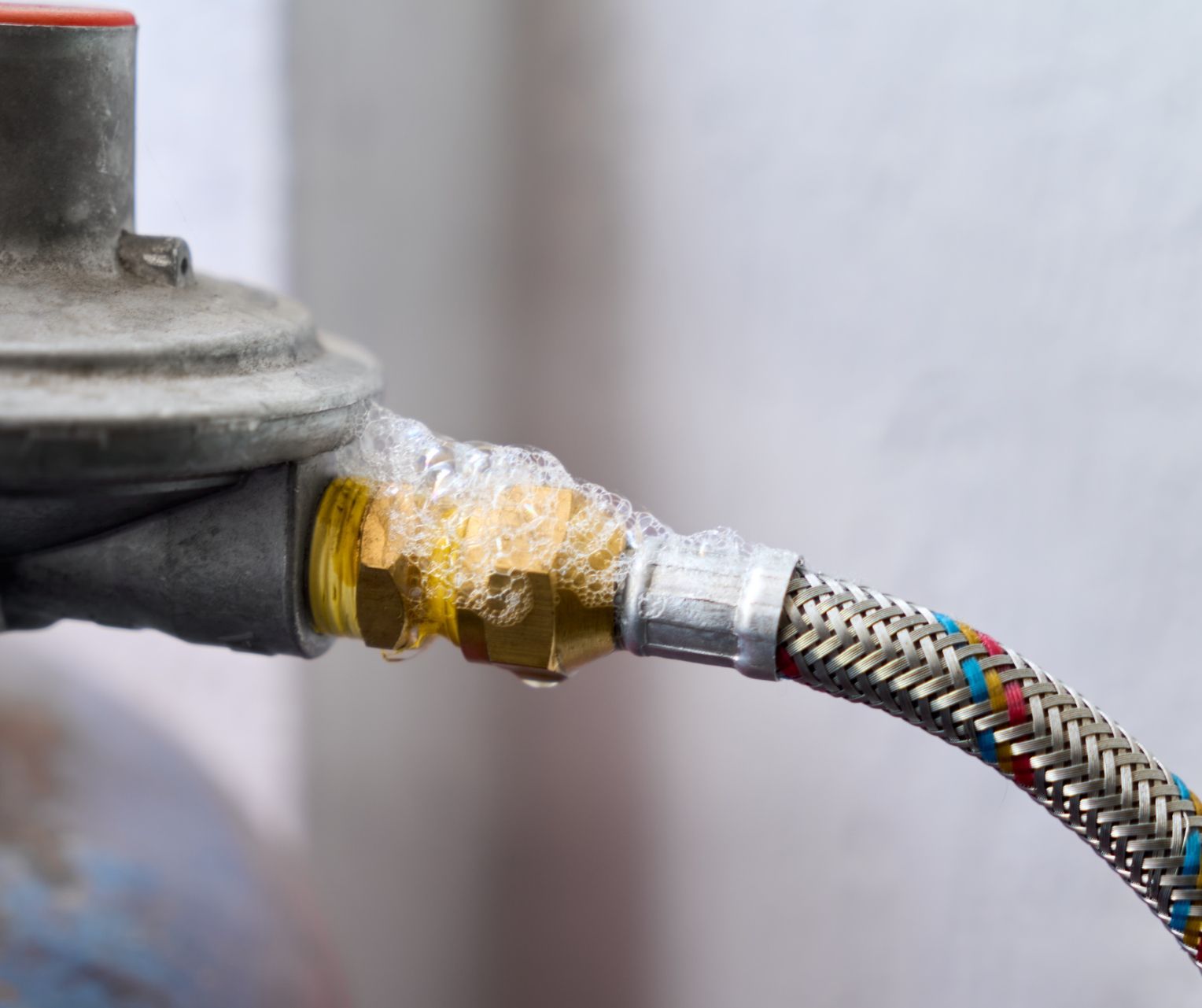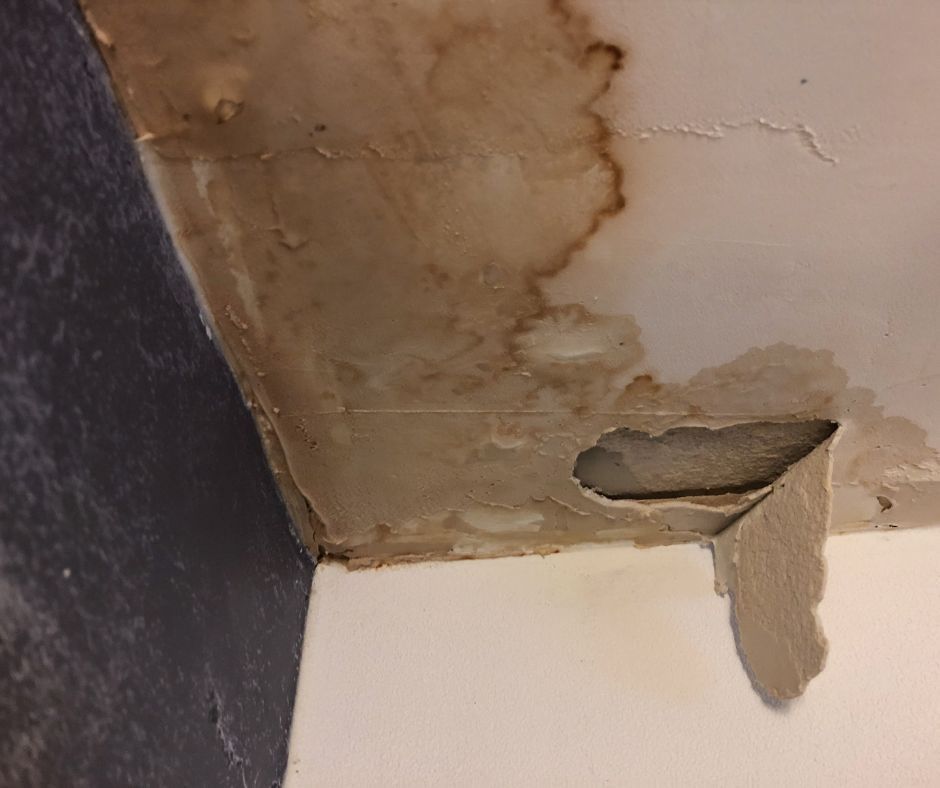A Homeowner’s Guide on Maintaining Your Septic System Properly
A septic drama usually starts small: a slow-gurgling drain, a whiff near the tank lid or a soggy strip of lawn after rain. In the Northern Beaches and North Shore, a proper septic system upkeep keeps your place healthy, avoids emergency call-outs and prevents fines. Neglect it and you risk blockages, overflowing trenches and contaminated runoff, making maintaining septic system habits even more important.
This guide shows you how maintaining a septic system day-to-day prevents issues, extends the septic system’s lifespan and keeps your home compliant and healthy.
How a Septic System Works
For properties connected to the mains sewer, wastewater leaves your house through one pipe and goes straight to council treatment plants. For homes with a septic tank, treatment happens on your block. Wastewater flows into the tank where gravity separates it into three layers: heavy solids sink to form sludge, fats/oils float as scum and the clearer middle layer (effluent) exits through an outlet baffle and filter.
From there, it’s distributed to trenches or subsurface irrigation, where soil and microbes finish the clean-up. Some systems include pumps, aerators, filters and alarms to move or treat effluent, especially on sloped or waterfront blocks.
A “healthy” septic system is quiet and almost invisible. Maintaining septic system health means bacteria are active, odours are minimal and the sludge/scum levels sit well below the outlet. Outside, drains run freely with no gurgling, there’s no sewage smell near lids or vents and the drainfield surface is dry, no pooling water or vivid green stripes. If any of those signs change, it’s time to book an inspection with your trusted plumber.

The Septic System Maintenance Do's & Don’ts
These simple habits efficiently help in maintaining septic system health:
Do:
Use septic-safe, low-phosphorus detergents & minimal bleach.
Gentle cleaners protect the microbes that break down waste and reduce the risk of solids passing through to the trenches, which is essential for maintaining a septic system.
Spread out water use (short showers, full loads, fix drips).
Smoothing out peak flows stops hydraulic overload, which can force untreated wastewater into the drainfield.
Clean effluent/irrigation filters as advised by your system.
A quick rinse on schedule keeps particles from clogging pumps, pipes and irrigation lines.
Book routine inspections.
Regular checks catch small issues early, while timely pump-outs maintain tank capacity and prevent backups.
Plant only shallow-rooted grasses near drainfields.
Grass stabilises soil and allows airflow, while deep roots can invade pipes and damage trenches.
Don’t:
Flush wipes, nappies, sanitary items, condoms, paper towels, dental floss, coffee grounds, cooking oils/grease.
These items don’t break down and may only cause blockages in the tank and pipework.
Pour solvents, paint, pesticides and strong disinfectants down drains.
Harsh chemicals kill beneficial bacteria and can leach into soil and groundwater.
Drive/park over the tank or drainfield.
Weight compacts soil, crushes pipes and reduces the drainfield’s ability to absorb effluent.
Irrigate edible crops with treated effluent.
Even treated wastewater can contain pathogens. Use it on ornamental gardens only, following local rules.
Switch off power to aerated systems or pumps.
Aerators and pumps need continuous operation. Shutting them down can cause overflows and alarms.
Sewer Inspection Schedule
Sticking to a clear inspection and pump-out routine is important for maintaining a septic system. It keeps your septic running smoothly, avoids nasty surprises and extends the system’s lifespan.
Desludging Frequency
Septic tanks gradually fill with sludge and scum, which reduces the space available for wastewater treatment. To keep the system working properly, most households should schedule a pump-out every 3–5 years.
If your property has a smaller tank or you have a large family, desludging may be needed more often, sometimes closer to every 2–3 years.
Professional Inspection Frequency
As part of septic system maintenance, a licensed technician should inspect your system every 1–3 years to confirm baffles, pumps, alarms and the effluent filter are working and the drainfield is loading evenly. Schedule an extra check after major rain or flood events, because saturated soils and inflow can stress tanks, pumps and trenches.
Book another inspection after renovations or plumbing upgrades that change water usage, as higher flows can alter how the system performs. Proactive septic system maintenance catches small issues early and prevents backups and expensive drainfield damage.
Signs You Need a Pump-Out Sooner
Thick Scum/Sludge >⅓ Tank
When solids occupy more than a third of the tank, there’s not enough space for proper treatment and solids can wash into the drainfield. That’s a clear trigger to schedule a pump-out.
Slow Drains
Sinks, showers or toilets draining sluggishly can indicate the tank level is high or the outlet is restricting flow. If plunging doesn’t help, the tank may be due for servicing.
Odours
Persistent sewage or “rotten-egg” smells near lids, vents or trenches suggest gases aren’t venting properly or effluent is backing up. Odour usually means the system is under stress.
Effluent Near The Surface
Soggy patches or visible greywater above trenches point to overloading or clogging. Surface effluent is a health hazard and needs urgent attention.
Back-ups
Wastewater backing up into fixtures is a late-stage warning that the tank or lines are overwhelmed. Stop water use and book an immediate pump-out and inspection.
What a Licensed Plumber Checks
Sludge Depth
They measure sludge and scum layers to determine remaining capacity and whether a pump-out is due.
Baffles/Screen Condition
Inlet/outlet baffles and the effluent filter are checked for damage or blockages. Faults here can let scum and solids leave the tank.
Leaks/Cracks
The tank is inspected for structural damage and groundwater infiltration. Leaks can dilute treatment or allow untreated wastewater to escape.
Pump/Alarms
For systems with pumps or aerators, they test operation, floats and alarms. Any faults can cause overflows or uneven dosing.
Drainfield Performance
They look for even distribution, ponding or soggy patches above trenches. Poor performance signals overloading or clogging that needs correction.
Daily Habits for Maintaining a Septic System and Extending Its Life
Small everyday choices make a big difference in septic system maintenance and how long your system lasts. By being mindful, you can keep your sewer running smoothly and avoid costly repairs.
Water-wise Routines
Stagger laundry across the week, fit flow restrictors, fix leaks fast and keep showers short. This avoids hydraulic overloading.
Kitchen Discipline
Scrape plates, use sink strainers, never pour cooking oils and compost food scraps instead.
Cleaning Products
Choose low-phosphorus, biodegradable, septic-safe products. Skip frequent high-dose disinfectants that can kill bacteria.
Landscaping & Access
Mow over drainfields. Keep roots shallow and trees well away. Keep lids/risers easy to reach. Divert downpipes and surface stormwater away from trenches to prevent over-wet soils after big storms.
Troubleshooting: Early Warning Signs & What To Do
Before problems turn into backups or soggy lawns, your system will usually whisper a few clues. Here’s how to recognise those early hints and the first steps to take.
Slow Drains/Gurgling
Likely a line blockage or rising tank level. Stop water use and call a licensed plumber for assessment.
Rotten-egg Odour Near Lids or Drainfield
Check that the effluent filter isn’t overdue for a rinse. Avoid opening lids unnecessarily.
Lush Green Stripes or Pooling Over Trenches
Your drainfield is overloaded or clogged. Reduce water use immediately and arrange a professional evaluation.
Professional Help vs DIY for Maintaining a Septic System
Not every job around your septic is safe to handle yourself. Here’s what you can reasonably do at home and when it’s time to call in the experts.
Tasks that are safe to DIY:
- Carry out quick visual checks around the tank and drainfield.
- Stick to smart water-use habits to reduce stress on the system.
- Keep landscaping simple, shallow-rooted grasses only, no heavy trees.
Tasks Better Left to the Professionals:
- Pumping out (desludging) and handling tank solids.
- Entering confined spaces or working with toxic gases.
- Repairing baffles, pipes or damaged components.
- Electrical or pump servicing, including alarms and aerators.
- CCTV inspections and high-pressure jetting of blocked lines.
Why Choose Eze-Flow Plumbing
For properties across the Northern Beaches and North Shore, Eze-Flow brings practical local know-how. Our licensed, insured team offers 24/7 response for emergencies and a targeted approach that prevents repeat call-outs. With experience in local conditions and quirks, we know how to keep your system reliable. That makes us your trusted choice for both routine servicing and urgent repairs.
Beyond routine septic system maintenance, we also handle
burst pipes and leaks,
leaky toilets and
drainage solutions. For peace of mind with your septic and overall plumbing system,
schedule your service with Eze-Flow Plumbing.
Conclusion
When it comes to maintaining septic system performance, remember the big three: spread out water use, avoid harsh chemicals and non-flushables, and stick to a clear inspection and pump-out schedule. Those steady habits keep bacteria balanced, protect your drainfield and save you from costly, messy failures.
Make routine septic system maintenance part of your household calendar and keep Eze-Flow’s number handy for storms, backups or odd odours that need quick attention.
Key Takeaways
- A healthy system is mostly about steady habits and timely pump-outs.
- Watch for slow drains, odours, soggy patches and act early.
- Keep stormwater away and heavy vehicles off your drainfield.
- When in doubt, call a licensed local plumber.
Frequently Asked Questions
How often should I pump out my septic tank in NSW as part of maintaining a septic system?
Typically every 3–5 years, but sooner for larger households/smaller tanks or if you use a garbage disposal often.
What can I safely flush or drain to my septic system?
Property owners must be fully aware of what can go down the system when maintaining a septic system. Only human waste and flushable toilet paper. Avoid wipes (even “flushable”), sanitary items, nappies, paper towels, fats/oils/grease, coffee grounds, solvents and paint.
Are septic tank additives worth it?
Generally, no, for well‑functioning systems. Good habits and scheduled pump‑outs are more effective.
Can I drive or park over my tank or drainfield?
No. Weight compacts soil, damages pipes and the tank, and shortens system life, especially when the ground is wet.
Is it safe to irrigate the veggie patch with treated effluent?
No. Use treated effluent on non‑edible landscaping only and comply with council regulations.
What should I do after heavy rain or floods?
Reduce water use to relieve the system, check for odours or pooling and book an inspection if issues persist.
I’ve just moved into a home with a septic system. What’s first?
Locate the tank and lids, ask for past pump‑out/inspection records and schedule an inspection. This is key to maintaining septic system performance.
Do I need council approval for a new or upgraded system?
Yes, installation/alteration and operation approvals are required through your local council.
Which cleaning products are “septic-safe” for maintaining septic systems?
Choose low‑phosphorus, biodegradable cleaners to support septic system maintenance and avoid frequent high‑dose disinfectants and strong chemicals.











































































































